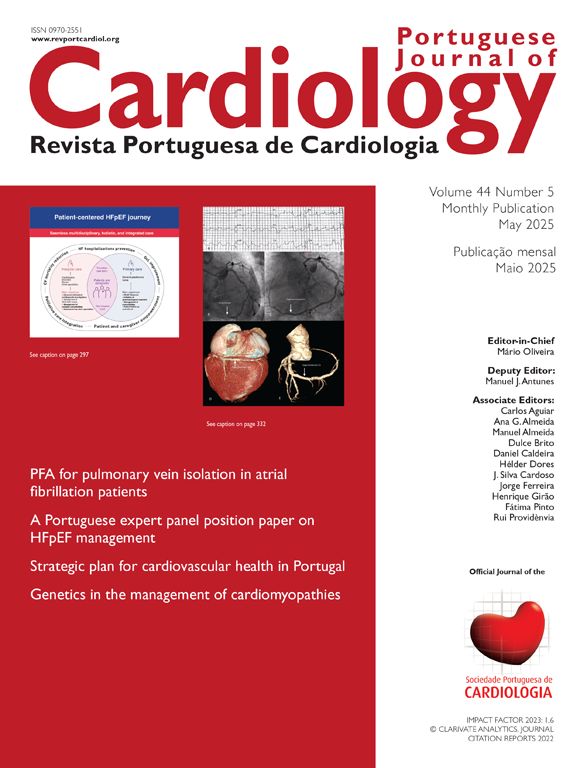Introdução e objetivos: O ácido acetilsalicílico (AAS) possui um duplo efeito enquanto agente antiagregante e anti-inflamatório, este último adquirido quando administrado em doses elevadas (500, 1000mg per os). Contudo, não é conhecido se, com o ganho do efeito anti-inflamatório (em doses altas), ocorre perda do efeito antiagregante. O presente estudo experimental pretende esclarecer se o AAS mantém o seu efeito antiagregante, quando administrados em doses anti-inflamatórias.
Métodos: Vinte voluntários saudáveis foram recrutados e randomizados em quatro grupos. Cada grupo ingeriu AAS 100mg, 300mg, 500mg e 1000mg, respetivamente. A função plaquetária basal dos voluntários foi mensurada, utilizando a tecnologia PFA-200, e reavaliada uma hora após a ingestão do AAS.
Resultados: Os voluntários ficaram todos antiagregados após a toma do AAS, independentemente da dose ingerida. Não se verificaram diferenças estatisticamente significativas entre géneros e idades. Uma subanálise foi realizada, comparando, por um lado, os dois grupos que ingeriram doses baixas (100 e 300mg) com os dois grupos que ingeriram doses altas (500mg e 1000mg). Os resultados foram estatisticamente significativos, sugerindo que uma dose mais elevada corresponde a uma maior potência de efeito antiagregante.
Conclusão: O AAS mantém o seu efeito antiagregante mesmo quando administrado em doses anti-inflamatórias. Não há uma clara associação entre a potência do efeito antiagregante e a dose de AAS administrada, todavia, a subanálise realizada parece sugerir que doses mais altas se traduzem numa maior potência de antiagregação.
Introduction and objectives: Acetylsalicylic acid (ASA) has both antithrombotic and anti-inflammatory effects, the latter being achieved when administered at higher doses (500 mg, 1000 mg per os). However, it is not known whether the anti-inflammatory effect decreases the antithrombotic potency of ASA. This experimental study intends to assess whether ASA maintains its antithrombotic effect when administered in an anti-inflammatory dose.
Methods: Twenty healthy volunteers were recruited and randomized into four groups. Each group ingested ASA 100 mg, 300 mg, 500 mg, and 1000 mg respectively. Their basal platelet function was measured using PFA-200 technology and reassessed one hour after ASA ingestion.
Results: The volunteers were all antiaggregated after ingestion of ASA, regardless of the dose taken. No statistical significance was found regarding age or gender. A subanalysis was performed, comparing the two groups that ingested lower dosages (100 mg and 300 mg) against the group that ingested higher dosages (500 mg and 1000 mg). The results were statistically significant, suggesting higher dosages may correspond to a higher antithrombotic effect.
Conclusions: Acetylsalicylic acid maintains its antithrombotic effect when administered in an anti-inflammatory dose. There is no clear association between the potency of antithrombotic effect and the ASA dose administered; however, our subanalysis suggests that higher dosages may correspond to a higher potency of antiaggregation.



